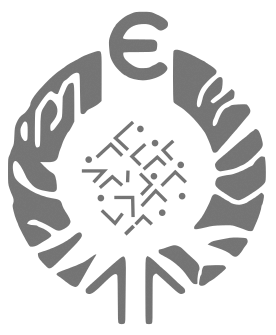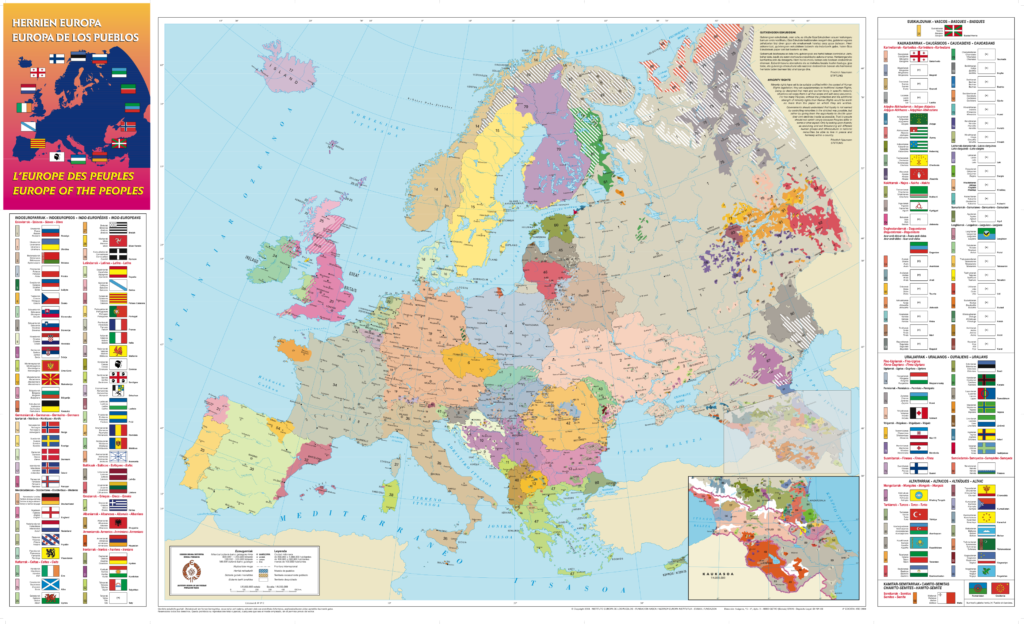Information translated by Google translate ![]()
BASIC DATA
Area, 56,538 km²
Population, 4,105,493 h (2018)
Capital, Zagreb
Languages: Croatian or Serbo-Croatian (official), Hungarian, Czech, Slovak, Italian.
Ethnic composition: Croatians 90.5%, Serbian 4.4%, Bosnians 0.7%, Italians 0.4%, Albanians 0.4%, Gypsies 0.4%, Hungarians 0.3%, others (Muslims, Slovenians) , Czechs, Montenegrins, Macedonians)
2.9% (est. 2011).
Religions: catholic 86.3%, orthodox 4.4%, Muslim 1.5%, other 1.5%, non-religious 6.3% (est. 2011).
Literacy rate, 97%
Human Development Index (HDI), 0.831 (UN-2018) (46th in the world).
Political system, parliamentary republic (in fact, semi-presidential)

Garai zaharra eta San Estebaneko katedrala Zagreben, Kroaziako hiriburua.
DEMOGRAPHIC INDICATORS
Birth rate, 8.9 ‰
Mortality rate, 12.2 ‰
Vegetative growth, -0.33%
Life expectancy at birth: men, 72.9 years; women, 79.4 years old (est. 2017).
ECONOMY
Agriculture: cereals, vegetables, hay, hemp, flax, fruits (plums, grapes, apples, olives).
Livestock: sheep, cattle, swine.
Silviculture: oaks, pines, birches, maples, chestnuts.
Industry: oil, chemical, naval, wood, textile, electronics, steel, construction materials, food products, tourism.
GDP per capita, $ 25,264 (2017)
Sectoral distribution of GDP:
Agriculture, 3.3%
Industry, 34.3%
Services, 62.9% (est. 2017)
Foreign trade:
Exports: textile, chemical and food products, fuels, manufactured products, wood, ships.
13,500 million dollars
Imports: machinery, electrical and transport equipment, chemical, petroleum and food products.
22,000 million dollars (2016)
HISTORY (XX-XXI centuries)
1918: Croatia joined Serbia, Slovenia and Montenegro to form the Serbo-Croat-Slovene kingdom, and whose sovereign did not belong to the Serbian dynasty of the Karageorgević.
1929: Kingdom of Yugoslavia: the king Alexander proclaimed a dictatorship and suspended the Constitution.
1934: The king was killed in Marseille, victim of the terrorism of the Croatian fascists of Ante Pavelić.
1939: The Yugoslav Government had to allow the creation of the autonomous province of Croatia.
1941: Occupied by the Germans; the country was ruled by a government imposed by the Italians: the ustachis of A. Pavelić.
1942-45: There were Croats who collaborated with the enemy, others joined the guerrillas of General Draja Mikhailovich and Marshal Tito. More than half a million Serbs, Jews and Gypsies were exterminated in the concentration camps.
1945: When the country was liberated, it became one of the six republics of Yugoslavia. Marshal Tito, a Croatian, assumed power.
1947: Most of Istra, Istrian before Italian, was united to Croatia.
1960-80: Under the communist regime of Tito, Croatian nationalism remained muzzled, since every small outbreak was associated with the sinister memory of Pavelić’s fascism and its Ustasha.
1989: With the fall of communist regimes in Europe, nationalism gained renewed vitality in Croatia.
1990: The Croatian Democratic Union (UDC) party, led by Franjo Tudjman, won a parliamentary majority in the first multi-party elections. The new Parliament adopted a new Constitution.
1991: In the May referendum, 94% of the voters voted in favor of a sovereign Croatia. In June independence was proclaimed, a fact that triggered the armed revolt of the Serbian minority with the support of the Yugoslav Federal Army.
1992: Croatia was recognized by the European Community and the United States. The re-elected president of the Republic, F. Tudjman, resigned.
1994: Croatian President F. Tudjman supported the Bosnian Croats of Herzegovina who sought to create a «Croatian Herzeg-Bosna Union», but later signed the Washington Treaty establishing a Croat-Muslim federation in the neighboring country.
1995: Croatia recovered the regions of Slavonia and Krajina. The presidents of Bosnia, Croatia and Serbia signed the Dayton peace accords, which ended the war.
1996: Normalization of relations with Serbia, which meant accepting the discussion of the political future of Eastern Slavonia.
1997: The administrative reintegration into Croatia of Eastern Slavonia was one of the Government’s priorities. The leader of the UDC was re-elected for a new period of five years.
1998: Social protests in Zagreb due to the deterioration of economic and social conditions; The Government replied with a moratorium, so the demonstrations were suppressed in order to «preserve peace». The problem of the Serbian refugees continued throughout the year.
1999: Tudjman died, which was to start a rapid process of political opening.
2000: An opposition coalition defeated the UDC, and Stipe Mesić won the presidency; The new head of state undertook to approve the country with the democracies of the European Union.
2001: Prime Minister Ivica Račan decided to comply with the demands of the court in The Hague, which called for the extradition of generals Ademi and Gotovina. The court also prosecuted President Slobodan Milošević for committing war crimes and crimes against humanity in Croatia.
2003: Mirko Norac was sentenced to twelve years in prison for executing Serbian civilians, despite being considered a war hero in Croatia. The UDC won the elections and Ivo Sanader became the Prime Minister of a minority government.
2005: Stjepan Mesić won the presidential elections for the second time and the European Union approved the negotiations for the accession of Croatia.
2008: The European Commission declared that Croatia would become a member of the European Union in 2011, although it needed to reinforce its policies against corruption and organized crime.
2009: Croatia became an official member of NATO. However, the European Union blocked the negotiations due to the dispute between Slovenia and Croatia over its borders. Prime Minister Ivo Sanader resigned and Jadranka Kosor became Prime Minister.
2010: Ivo Josipović won the presidential elections. Serbian President Boris Tadić visited Croatia and apologized for the killing of 260 Croatian civilians in Vukovar.
2011: Generals Gotovina and Markac were convicted for committing war crimes against the Serbs. Croatia finally ended the accession negotiations to the European Union. In addition, the opposition led by the Social Democrats won the elections against the UDC, which had been in power since 2003.
2012: Accession to the European Union was approved in a referendum.
2013: Croatia became part of the European Union, becoming the 28th member.
2015: Nobody reached the majority in the general elections and Tihomir Orešković became Prime Minister.

COLABORA
con la actualización de esta información
ELKARLANEAN
informazio hau eguneratuta
COLLABORATE
with the update of this information
inst-europ@inst-europ.org
